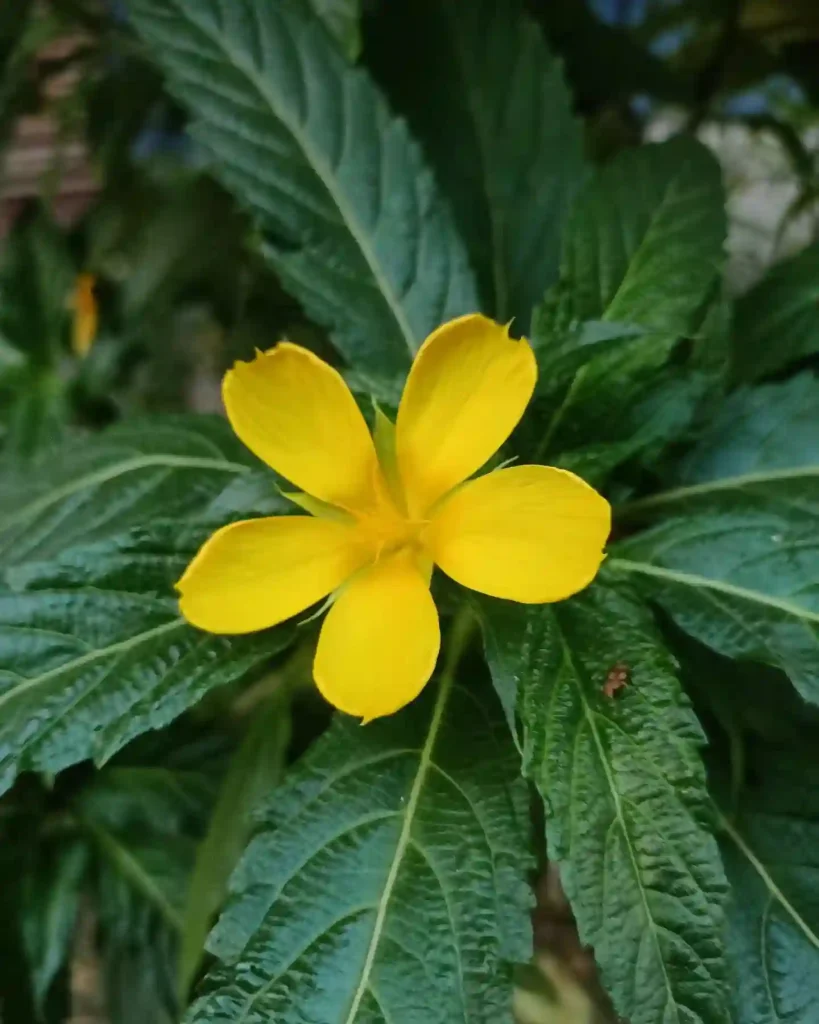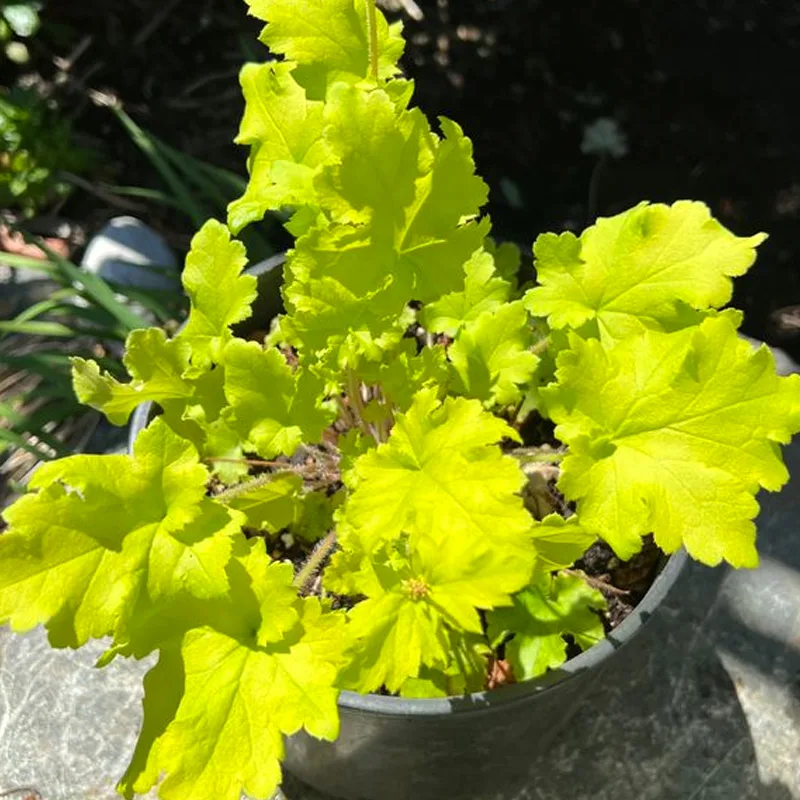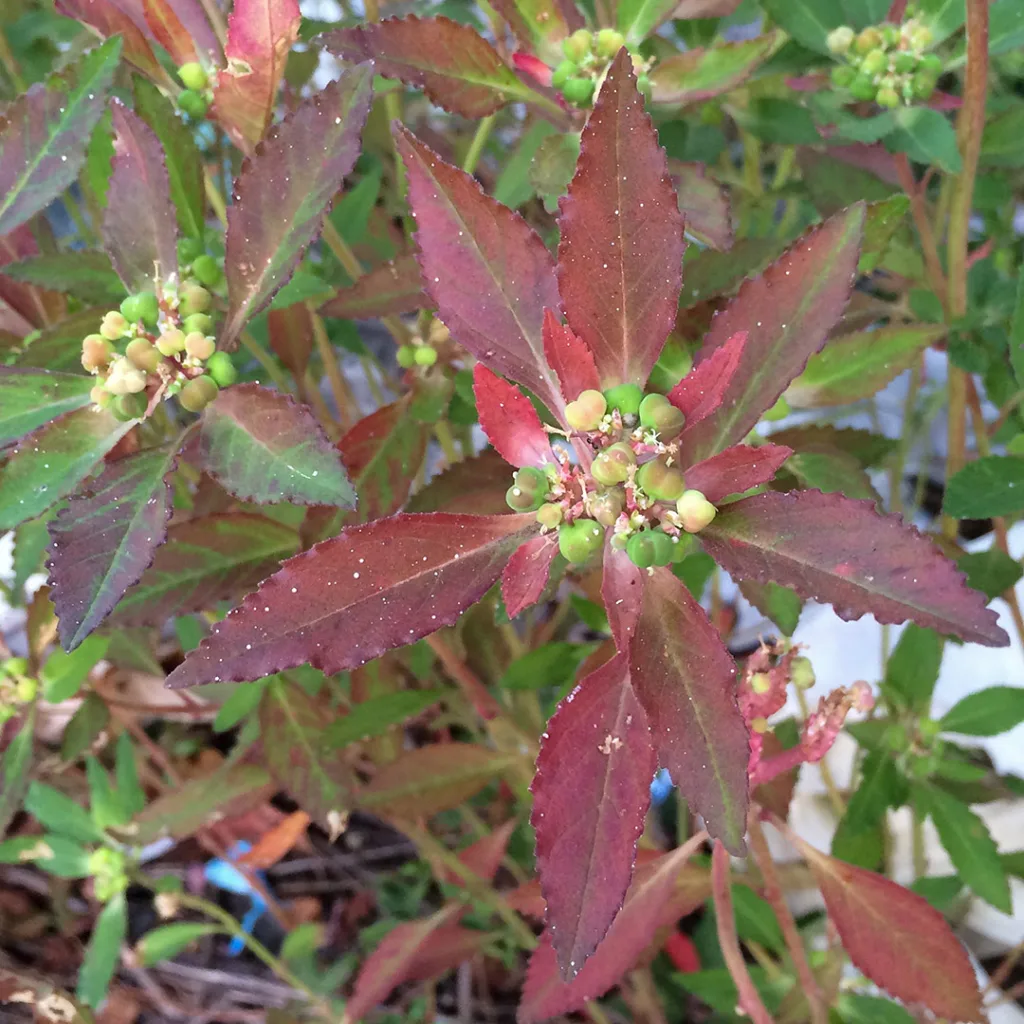Unveiling the Loranthaceae: My Journey into the World of Mistletoes
As a seasoned botanist, Ferb Vu, my fascination with the plant kingdom knows no bounds. Recently, my curiosity led me to delve deep into the captivating world of the Loranthaceae family, more commonly known as mistletoes. These intriguing plants, often shrouded in myth and folklore, have a unique lifestyle that sets them apart in the botanical tapestry.
The Parasitic Nature of Loranthaceae
The most distinctive feature of Loranthaceae plants is their hemiparasitic nature. This means they derive some of their nutrients and water from their host plants, while still possessing the ability to photosynthesize and produce their own food. They achieve this through specialized structures called haustoria, which penetrate the host’s tissues to tap into its vascular system. This parasitic relationship, while fascinating, often raises concerns about the potential harm they inflict on their hosts. However, studies have shown that in many cases, the impact is minimal, and mistletoes can even play a role in enhancing biodiversity.
The Diversity of Loranthaceae
The Loranthaceae family boasts a remarkable diversity, with over 78 genera and an estimated 1000 species distributed across the globe, primarily in tropical and subtropical regions. Some of the notable genera include:
- Amyema: This genus comprises over 90 species, mainly found in Australia and Southeast Asia. They are known for their vibrant flowers and fleshy fruits, which attract birds and other animals that aid in seed dispersal.
- Dendrophthoe: With over 30 species, this genus is widely distributed in Asia and Africa. They are characterized by their large, leathery leaves and showy inflorescences.
- Loranthus: This genus, which lends its name to the family, includes around 50 species found in tropical regions of Asia and Africa. They are known for their slender stems and colorful flowers.
- Psittacanthus: This genus, comprising over 100 species, is primarily found in the Neotropics. They are known for their brightly colored flowers, which are pollinated by hummingbirds and other birds.
- Actinanthella Balle
- Aetanthus (Eichler) Engl.
- Agelanthus Tiegh.
- Alepis Tiegh.
- Amylotheca Tiegh.
- Atkinsonia F.Muell.
- Bakerella Tiegh.
- Barathranthus (Korth.) Miq.
- Benthamina Tiegh.
- Berhautia Balle
- Cecarria Barlow
- Cladocolea Tiegh.
- Cyne Danser
- Dactyliophora Tiegh.
- Decaisnina Tiegh.
- Dendropemon (Blume) Rchb.
- Desmaria Tiegh.
- Diplatia Tiegh.
- Distrianthes Danser
- Elytranthe (Blume) Blume
- Emelianthe Danser
- Englerina Tiegh.
- Erianthemum Tiegh.
- Gaiadendron G.Don
- Globimetula Tiegh.
- Helicanthes Danser
- Helixanthera Lour.
- Ileostylus Tiegh.
- Lampas Danser
- Lepeostegeres Blume
- Lepidaria Tiegh.
- Ligaria Tiegh.
- Loranthella S.Blanco & C.E.Wetzel
- Loxanthera (Blume) Blume
- Lysiana Tiegh.
- Macrosolen (Blume) Rchb.
- Maracanthus Kuijt
- Moquiniella Balle
- Muellerina Tiegh.
- Notanthera G.Don
- Nuytsia R.Br. ex G.Don
- Oedina Tiegh.
- Oliverella Tiegh.
- Oncella Tiegh.
- Oncocalyx Tiegh.
- Oryctanthus Eichler
- Oryctina Tiegh.
- Panamanthus Kuijt
- Papuanthes Danser
- Passovia H.Karst.
- Pedistylis Wiens
- Peraxilla Tiegh.
- Peristethium Tiegh.
- Phragmanthera Tiegh.
- Phthirusa Mart.
- Plicosepalus Tiegh.
- Pusillanthus Kuijt
- Scurrula L.
- Septemeranthus L.J.Singh
- Septulina Tiegh.
- Socratina Balle
- Sogerianthe Danser
- Spragueanella Balle
- Struthanthus Mart.
- Tapinanthus (Blume) Rchb.
- Taxillus Tiegh.
- Thaumasianthes Danser
- Tolypanthus (Blume) Rchb.
- Trilepidea Tiegh.
- Tripodanthus Tiegh.
- Tristerix Mart. – 13 Species in Genus Tristerix
- Trithecanthera Tiegh.
- Tupeia Cham. & Schltdl.
- Vanwykia Wiens
The Ecological Importance of Loranthaceae
While often perceived as pests, Loranthaceae plants play a crucial role in maintaining ecological balance. Their fruits and flowers provide a vital food source for a variety of birds, mammals, and insects. Their dense foliage offers shelter and nesting sites for numerous animals. Moreover, they contribute to nutrient cycling and promote biodiversity by creating microhabitats within their host trees.
The Cultural Significance of Loranthaceae
Mistletoes have been intertwined with human culture for centuries. In many cultures, they are associated with fertility, love, and protection. The tradition of kissing under the mistletoe, for instance, dates back to ancient times and is still practiced today. In some cultures, mistletoes are also used in traditional medicine to treat various ailments.
Conclusion
My exploration of the Loranthaceae family has been an enlightening experience. These hemiparasitic plants, with their unique lifestyle and diverse adaptations, offer a fascinating glimpse into the intricacies of nature. While their parasitic nature may raise concerns, their ecological and cultural significance cannot be overlooked. As a botanist, I am committed to furthering our understanding of these remarkable plants and their role in the grand tapestry of life.
If i die, water my plants!



